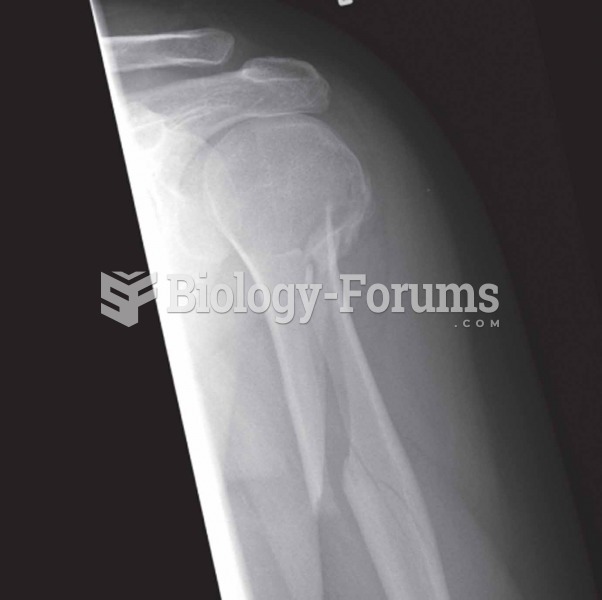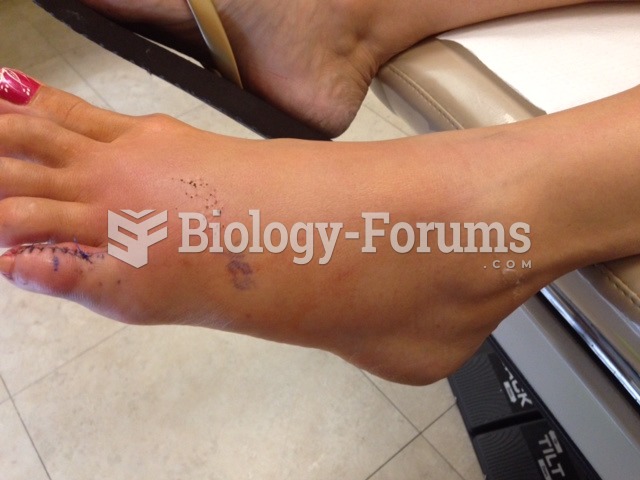Answer to Question 1
A
A. Reservoir (site or source of microorganism growth)control sources of body fluids and drainage. Perform hand hygiene. Bathe client with soap and water. Change soiled dressings. Dispose of soiled tissues, dressings, or linen in moisture-resistant bags. Place syringes, uncapped hypodermic needles, and intravenous needles in designated puncture-proof containers. Keep table surfaces clean and dry. Do not leave bottled solutions open for prolonged periods. Keep solutions tightly capped. Keep surgical wound drainage tubes and collection bags patent. Empty and dispose of drainage suction bottles according to agency policy.
B. Portal of entry (site through which microorganism enters a host) urinary. Keep all drainage systems closed and intact, maintaining downward flow.
C. Portal of exit (means by which microorganisms leave a site) respiratory. Avoid talking, sneezing, or coughing directly over wound or sterile dressing field. Cover nose and mouth when sneezing or coughing. Wear mask if suffering respiratory tract infection.
D. Transmission (means of spread) reduce microorganism spread. Perform hand hygiene. Use personal set of care items for each client. Avoid shaking bed linen or clothes; dust with damp cloth. Avoid contact of soiled item with uniform.
Answer to Question 2
B
If aspirates remain at more than 200 mL after an hour, instruct the patient or caregiver to contact the home care nurse or health care provider.







